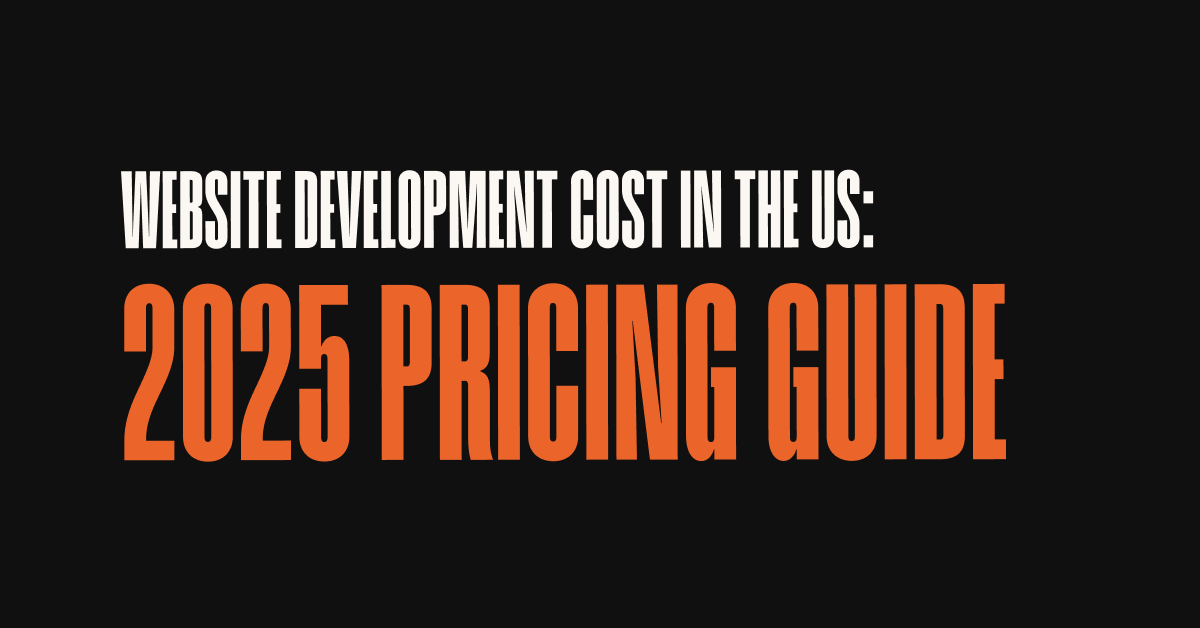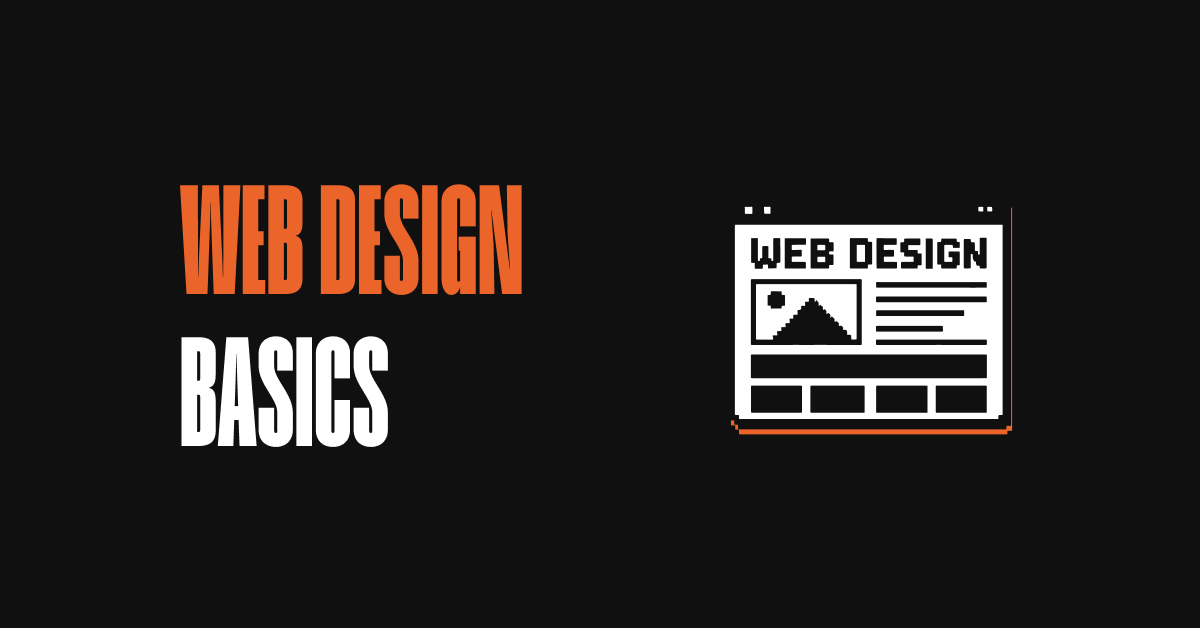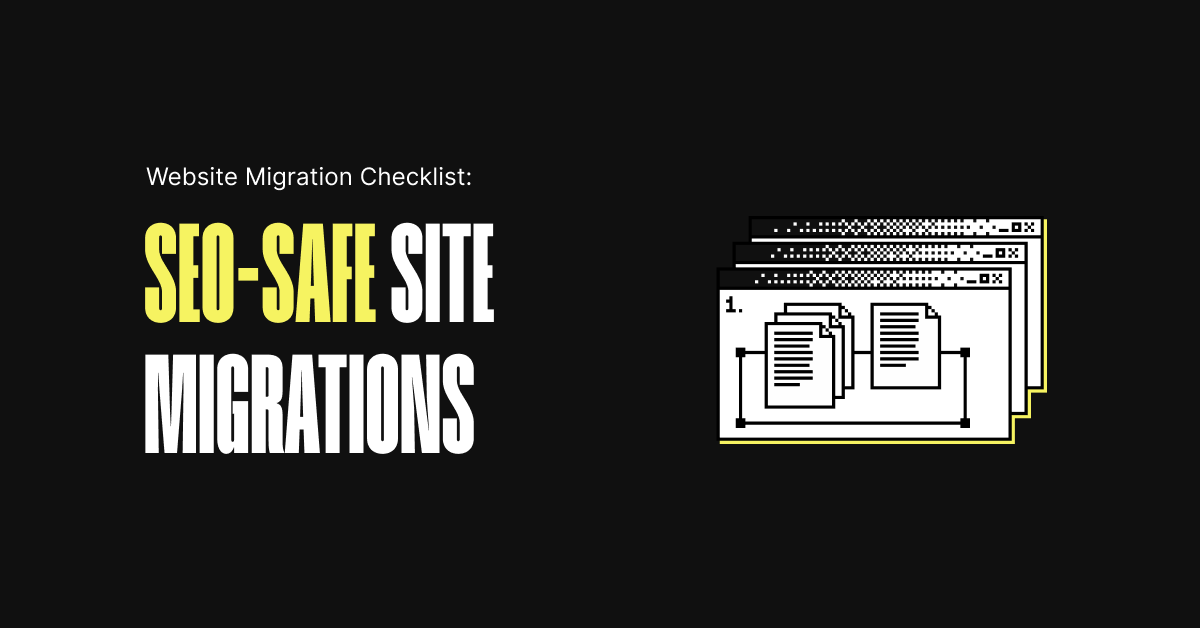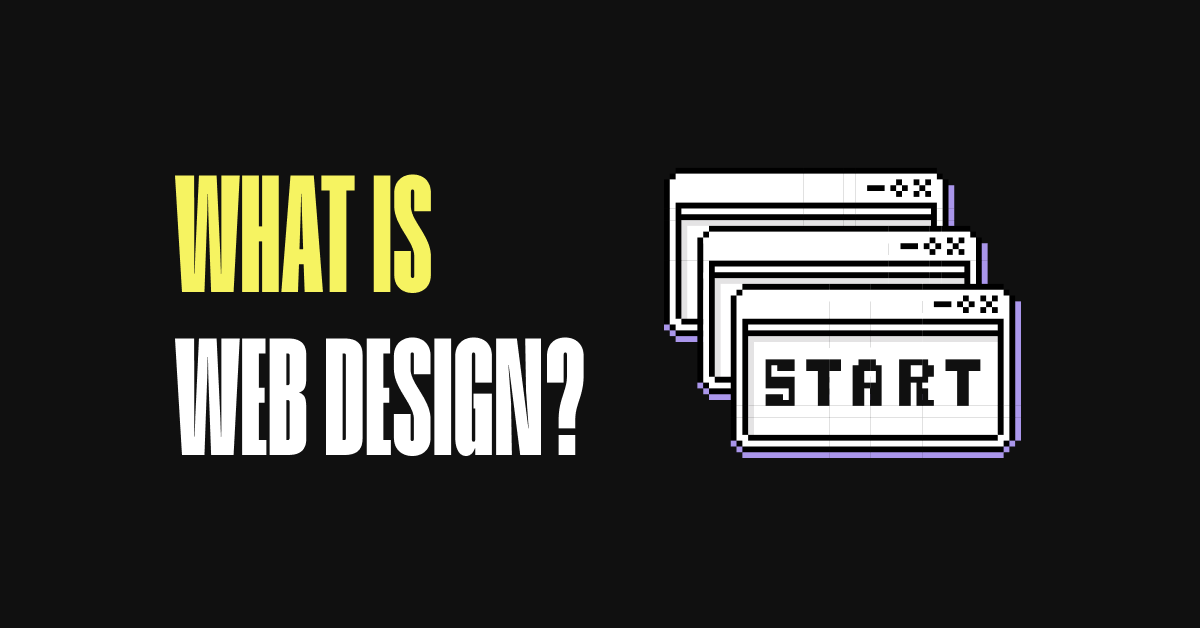Website Development Cost in the US: 2025 Pricing Guide

If you want a realistic number for website development cost in the US, start with scope, not guesses. In 2025, simple brochure sites can start around $3,000 to $8,000, small to mid corporate sites often land between $12,000 and $45,000, while eCommerce, SaaS MVPs, portals, and marketplaces range from $25,000 to $250,000+ depending on complexity, integrations, and team. This guide breaks down web design prices USA buyers actually pay, how different team models price projects, what affects budget the most, and the ongoing costs you should plan for. Use the ranges to set expectations, then refine with your specific requirements.
At-a-glance US price ranges
These are realistic ballparks for website development cost in the US. Final pricing depends on scope, quality targets, and team model.
| Website type | Typical scope | Cost range (USD) | Typical timeline |
|---|---|---|---|
| Static landing page | 1 page, copy, basic analytics, lead form | $1,500 – $6,000 | 1 – 3 weeks |
| Blog / content site | CMS, categories, search, author profiles | $5,000 – $18,000 | 3 – 6 weeks |
| SMB corporate site | 10-30 pages, CMS, forms, basic animations | $12,000 – $45,000 | 6 – 12 weeks |
| Enterprise/corporate | 30-100+ pages, multi-language, integrations | $40,000 – $120,000+ | 10 – 20+ weeks |
| eCommerce (standard) | Catalog, cart, checkout, payments, tax, shipping | $25,000 – $90,000 | 8 – 16 weeks |
| eCommerce (complex) | Custom catalog logic, ERP/OMS, subscriptions | $80,000 – $250,000+ | 16 – 28+ weeks |
| SaaS MVP | Auth, dashboards, billing, core features | $60,000 – $180,000+ | 12 – 24+ weeks |
| Marketplace | Multi-sided, listings, escrow, KYC, search | $100,000 – $300,000+ | 20 – 32+ weeks |
| Portal / web app | Role-based access, workflows, reporting | $50,000 – $200,000+ | 12 – 28 weeks |
- DIY or website builders can reduce initial cost but often raise long-term limitations.
- The static website development cost in USA markets is low compared to custom portals and apps.
- For accurate scoping, detail features, content volume, integrations, and performance goals.
What drives website development cost
Cost is a function of scope, complexity, and quality targets. These factors have the biggest impact:
- Architecture and complexity: How many user types, workflows, and content models do you need? Complex data relationships, real-time features, and multi-tenancy increase engineering time.
- UX/UI design depth: Custom design systems, motion, accessibility, and component libraries add design hours but reduce long-term friction.
- Frontend requirements: Animations, responsive breakpoints, localization, and performance budgets influence effort, especially on content-heavy or interactive pages. See Front-end development.
- Backend features: Authentication, role-based access, complex business rules, data pipelines, and scalable APIs add significant development and QA time. See Back-end development.
- Integrations: Payments, CRM/ERP, PIM, ESP, search, analytics, SSO, and third-party APIs add setup, mapping, and error-handling work.
- Infrastructure and performance: Cloud setup, CI/CD, CDN, caching, observability, and load targets affect DevOps time and hosting cost.
- Compliance and security: PCI, HIPAA, SOC 2 readiness, GDPR/CCPA, data retention, and penetration testing increase scope and costs.
- Content and SEO: Copywriting, media production, migration, redirects, schema, and technical SEO can be sizable tasks.
- Team model and location: In-house staff, US agencies, freelancers, and nearshore/offshore partners price differently and move at different speeds.
Cost by website type
Static landing page
A static or single-page site is ideal for campaigns or early-stage validation. Costs stay low when you reuse a proven layout, keep copy concise, and limit integrations to a form and analytics. Price climbs with custom illustrations, motion, A/B testing setup, or bespoke animations. For regulated industries, legal and accessibility requirements may add extra QA.
Blog or publisher site
Content sites benefit from an intuitive CMS, category and tag taxonomy, search, and structured data for SEO. Cost increases with multi-author workflows, editorial calendars, content migrations, and advanced search or recommendation features. If you expect large content volumes, invest in performance, image optimization, and a scalable hosting plan.
SMB corporate site
Most small to mid-sized business websites include 10 to 30 pages, a CMS, contact forms, and light animations. The spread comes from custom page templates, custom blocks or components, multi-language support, and CRM or marketing automation integrations. A design system and reusable components help scale future pages without constant developer involvement.
Enterprise corporate site
For large organizations, multi-region content, user roles, workflow approvals, and tight performance and security targets are common. Expect higher costs for complex information architecture, accessibility compliance, Single Sign-On, and integrations with PIM, DAM, CRM, or analytics stacks. Content migration and redirects can rival the build effort if you are replatforming.
eCommerce store
Baseline features include product catalog, cart, checkout, taxes, shipping, and payment gateways. Costs rise with custom product types, promotions, subscriptions, B2B pricing, multi-warehouse logic, and ERP/OMS integrations. UX for PDPs, filters, search, and merchandising often decides conversion, so budget for design and CRO. Factor in ongoing app fees and payment processing costs.
SaaS MVP
A SaaS MVP typically includes authentication, onboarding, dashboards, core features, subscription billing, and analytics. Price depends on complexity of core jobs-to-be-done, data privacy, role hierarchy, and whether you build for multi-tenant scale now or later. Avoid gold-plating. Ship a tight v1 with the critical workflows and a roadmap for iterative releases.
Marketplace
Marketplaces support two or more user groups, listings, discovery, and transactions. Escrow, KYC, dispute flows, messaging, reviews, and search relevance add cost. Even with third-party providers for payments or identity, orchestration, risk management, and support tools involve custom work. Expect more time for QA and legal review.
Portal or web app
Internal or customer portals rely on role-based access, workflow management, forms, and reporting. Costs scale with the number of roles, dynamic forms, integrations, and security requirements. Strong attention to UX and information architecture pays dividends in adoption and lower support overhead.
Team options and US rates
| Team model | Typical rate/budget | Strengths | Risks |
|---|---|---|---|
| DIY / site builder | $0 – $150/month + apps | Fast, low cost, templates | Limited customization, technical debt later |
| Freelancers | $40 – $150/hour US | Flexible, affordable for small scopes | Coverage gaps, variable QA and delivery |
| US agency | $100 – $250+/hour | Cross-functional team, process, reliability | Higher rates, scheduling lead times |
| Nearshore/offshore agency | $25 – $90/hour | Budget-friendly, can scale quickly | Time zone, communication, oversight needed |
| In-house hires | Salary + overhead | Deep product knowledge, control | Recruiting, management, slower to spin up |
- For outcome-focused work, prefer fixed-scope pricing or milestone-based sprints with clear acceptance criteria.
- For evolving products, time-and-materials with tight weekly planning can be efficient.
- Whichever model you choose, insist on a written scope, timeline, and risk plan.
Location-based rates
Rates vary by region due to labor costs and market demand. Many teams blend US strategy and design with nearshore engineering for value and speed.
| Region | Typical hourly rates | Notes |
|---|---|---|
| United States | $100 – $250+ | Highest rates, strong experience pool |
| Western Europe | $80 – $180 | Quality comparable to US, favorable overlap |
| Eastern Europe | $40 – $120 | Popular nearshore option with strong talent |
| Latin America | $35 – $110 | Time zone alignment with US |
| India/SEA | $20 – $70 | Cost-effective, requires strong management |
Cost by complexity
| Complexity | What it usually includes | Cost range | Typical team |
|---|---|---|---|
| Basic | 5-10 pages, standard components, 1-2 integrations | $5,000 – $20,000 | 1-2 devs, designer, PM part-time |
| Average | 10-40 pages, custom components, 2-5 integrations | $20,000 – $80,000 | PM, UX/UI, 2-3 devs, QA |
| Complex | Apps, marketplaces, heavy logic, 5+ integrations | $80,000 – $300,000+ | PM, BA, UX/UI, Tech lead, 3-6 devs, QA, DevOps |
Complexity often grows as you add roles, permissions, workflows, and integration surfaces. A small feature list with tricky rules can cost more than a longer list of simple pages.
Template, website builders, or custom build
There is no universal best approach. Choose based on goals, timeline, and lifecycle cost.
| Approach | When it fits | Cost notes | Limits |
|---|---|---|---|
| Website builder | Prototype, small campaigns, very simple sites | Low monthly fees, paid apps add up | Limited customization, export and scaling hurdles |
| Template on CMS | SMB sites with common patterns | Template $0 – $300+, build $5k – $25k | Design constraints, technical debt if heavily modified |
| Custom build | Unique UX, complex data or integrations | Higher up-front, lowest friction to scale | Requires clear scope and product ownership |
If speed to market matters, start with a thoughtful template and plan for a custom refactor once the model proves out. For projects that demand unique functionality or integrations, explore Custom website development.
UX/UI design pricing
Design cost reflects deliverables, depth, and iterations. For a smaller site, wireframes and a light component library might be 40 to 100 hours. For larger sites and apps, expect research, flows, wireframes, high-fidelity UI, interaction specs, and design system work in the 120 to 400+ hour range. Motion design, advanced accessibility, and multi-brand or multi-language support add time. Reusable components and documentation reduce development time and future design cycles.
Timeline vs cost
Timelines affect cost because parallelizing work requires a larger team and more coordination. Compressed schedules can add 15 to 40 percent to budget due to additional resources, overtime, and risk. If your date is fixed, lock scope early, phase non-critical features, and plan more frequent checkpoints. If budget is fixed, keep the team small and prioritize the highest impact features first.
Roles and typical US hourly rates
| Role | Typical US hourly rate | Primary responsibilities |
|---|---|---|
| Project Manager | $90 – $170 | Planning, coordination, risk management, stakeholder updates |
| Business Analyst | $100 – $180 | Requirements, acceptance criteria, process modeling |
| UX/UI Designer | $90 – $180 | Research, UX flows, wireframes, UI, design system |
| Frontend Developer | $100 – $200 | Responsive UI, components, performance, accessibility |
| Backend Developer | $110 – $220 | APIs, data models, business logic, security |
| Full-stack Developer | $110 – $230 | End-to-end features, integration glue, architecture |
| QA Engineer | $80 – $160 | Test plans, automation, regression, cross-browser |
| DevOps Engineer | $110 – $220 | CI/CD, cloud infra, monitoring, scaling |
Smaller builds often share roles across people. Complex builds benefit from a tech lead to set standards and avoid costly rework.
Ongoing and hidden costs
Budget beyond launch for hosting, maintenance, and third-party services. These are common annual or monthly items. For continuous improvements and maintenance retainers, see Ongoing strategy and support.
| Item | Typical cost | Notes |
|---|---|---|
| Domain | $10 – $35/year | Renewal varies by TLD and registrar |
| SSL certificate | $0 – $270/year | Often included; premium adds warranties/features |
| Hosting | $15 – $150+/month | Depends on traffic, stack, and support level |
| CDN | $0 – $200+/month | Can be bundled with hosting or Cloudflare tiers |
| Apps/plugins | $10 – $300+/month | Form, search, SEO, email, subscriptions |
| Maintenance | $150 – $1,500+/month | Updates, backups, monitoring, small fixes |
| Licenses | $0 – $2,000+/year | Theme, UI libraries, analytics, headless CMS |
Marketing and SEO budget
Build budget and growth budget are different lines. Expect to invest in content, SEO, and campaigns if you want results.
- Content and copywriting: $500 – $5,000+ per month depending on volume and expertise.
- Technical SEO and on-page: $1,000 – $5,000+ for audits and fixes, then ongoing support.
- CRO and analytics: $500 – $3,000+ per month including testing and reporting.
- PPC and paid social management: 10 – 20 percent of ad spend or fixed fee.
- Email and marketing automation: $100 – $1,000+ per month in tools plus setup fees.
Align your marketing calendar and site roadmap so design and development support revenue goals.
Realistic project examples
These scenarios illustrate how scope drives cost. Use them to calibrate expectations before you request proposals.
- Professional services SMB site: 18 pages, custom homepage, 8 reusable templates, blog, 2 forms, Calendly, CRM integration, basic animations. Team: PM, UX/UI, 2 devs, QA. Timeline: 8 weeks. Budget: $18,000 – $32,000.
- DTC eCommerce with 100 SKUs: Shopify or headless, PDP variants, subscriptions, tax/shipping apps, email flows, Klaviyo, GA4, performance tuning. Timeline: 10 – 14 weeks. Budget: $45,000 – $90,000, plus monthly apps and processing fees.
- B2B SaaS MVP: Auth, onboarding, 3 core features, dashboards, Stripe billing, audit logs, role-based access, basic analytics. Timeline: 14 – 20 weeks. Budget: $80,000 – $160,000.
- Customer portal: Role-based access, ticketing, knowledge base, SSO, CRM integration, exportable reports, accessibility AA. Timeline: 16 – 24 weeks. Budget: $70,000 – $150,000.
Quick budgeting steps
- List goals and non-negotiables: revenue, leads, compliance, performance targets.
- Define scope by feature area: pages, templates, integrations, roles, workflows.
- Pick an approach: website builder, template on CMS, or custom build.
- Choose a team model: US agency, hybrid, freelancers, or in-house.
- Phase intelligently: must-have now, nice-to-have next, experimental later.
- Request proposals with the same brief and acceptance criteria.
- Plan for ongoing costs and growth budget from day one.
FAQ
What is the average website development cost in the US?
A typical small business site lands between $12,000 and $45,000 with a US agency. Simpler landing pages can be $1,500 to $6,000, while eCommerce, SaaS, and portals commonly run from $25,000 to $200,000+ depending on complexity and integrations.
What is the static website development cost in USA markets?
A basic static site or landing page usually costs $1,500 to $6,000 if designed and built professionally in the US. Adding animations, custom illustrations, or A/B testing can increase the budget.
What are typical web design prices USA buyers see vs development cost?
Design for smaller sites can range from $3,000 to $15,000 depending on deliverables. Development for the same site often matches or exceeds design time. On complex builds, engineering dominates total cost due to integrations and backend logic.
How much does it cost to maintain a website per year in the US?
Expect $1,800 to $12,000+ per year for maintenance and support, plus hosting, domains, SSL, and any app subscriptions. eCommerce and apps lean higher due to updates and security needs.
Should I hire a US agency or an offshore team?
US agencies provide close collaboration and predictable processes but cost more. Offshore or nearshore teams reduce hourly rates and can scale quickly, but require stronger product ownership and communication routines to ensure quality.
How long does it take to build a website?
Small sites take 3 to 8 weeks, mid-sized corporate sites 8 to 12 weeks, and complex apps 16 to 32+ weeks. Timelines depend on scope readiness, feedback speed, and integration complexity.
Is WordPress cheaper than a fully custom stack?
For marketing sites and blogs, WordPress or similar CMS options are cost-effective. For unique UX, real-time features, or complex permissions, a custom stack or headless architecture may offer better scalability despite higher up-front cost.
How can I reduce cost without sacrificing quality?
Keep scope tight, reuse proven components, pick a high-fit CMS, limit custom animations, phase non-critical features, and maintain a weekly decision cadence to avoid churn.
Get a tailored estimate
Digital Present builds high-quality websites and web apps for ambitious brands. With teams in the United States and the Netherlands, we combine strategy, UX/UI, and engineering to deliver scalable results. Share your goals and essential features, and we will scope a right-sized plan for your budget and timeline.
Explore our Web development services to scope your build and request a proposal.
Ready to estimate your website development cost in the US? Contact Digital Present to discuss your project.



